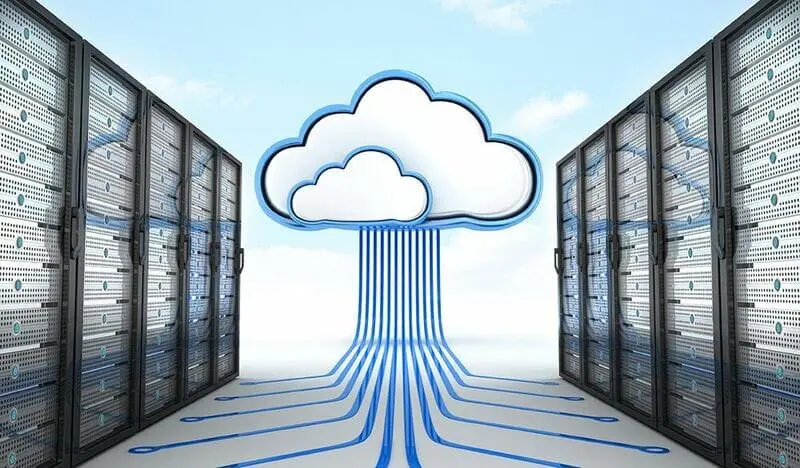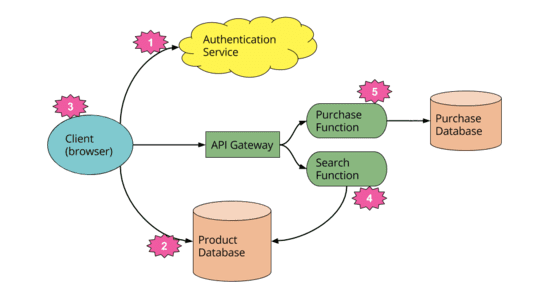 In today’s rapidly evolving digital landscape, businesses and developers increasingly use cloud marketplaces to access various applications, services, and tools. The leading cloud providers—Microsoft Azure, Amazon Web Services (AWS), and Google Cloud Platform (GCP)—each offer a unique marketplace experience catering to diverse needs and preferences. This comprehensive blog post will dive deep into the world of cloud marketplaces, comparing Azure, AWS, and Google on multiple dimensions, including user experience, available services, pricing, and more. Let’s get started!
In today’s rapidly evolving digital landscape, businesses and developers increasingly use cloud marketplaces to access various applications, services, and tools. The leading cloud providers—Microsoft Azure, Amazon Web Services (AWS), and Google Cloud Platform (GCP)—each offer a unique marketplace experience catering to diverse needs and preferences. This comprehensive blog post will dive deep into the world of cloud marketplaces, comparing Azure, AWS, and Google on multiple dimensions, including user experience, available services, pricing, and more. Let’s get started!
-
User Experience
Azure Marketplace: Microsoft Azure boasts an intuitive and visually appealing user interface, making it easy for users to navigate and discover relevant services. A well-organized layout and comprehensive search functionality simplify finding, deploying, and managing applications and services.

AWS Marketplace: The AWS Marketplace is similarly user-friendly, with a clean interface allowing users to browse and find services without hassle. It offers advanced filtering options, enabling users to narrow their search based on specific criteria such as pricing, rating, etc.

Google Cloud Marketplace: Google Cloud Marketplace is known for its simplicity and easy-to-use interface. It incorporates Google’s signature minimalist design, making it an enjoyable user experience. Like the other two, Google Cloud Marketplace also provides advanced search and filtering options to streamline the search process.

-
Available Services
Azure Marketplace: Azure Marketplace offers various applications and services, including AI and machine learning, data analytics, security, and IoT solutions. Microsoft has a robust ecosystem of partners, allowing them to provide a wide variety of third-party applications and services that cater to the unique needs of its customers.
AWS Marketplace: AWS Marketplace has an extensive selection of applications and services, making it one of the most comprehensive cloud marketplaces available. It covers everything from machine learning and big data to application development and security, ensuring users can find the tools to build and maintain their cloud infrastructure.
Google Cloud Marketplace: While Google Cloud Marketplace may not have as many offerings as Azure and AWS, it still provides an impressive range of services, including data analytics, AI and machine learning, and security tools. Google has rapidly expanded its marketplace, consistently adding new applications and services to stay competitive.
-
Pricing
Azure Marketplace: Microsoft Azure follows a pay-as-you-go pricing model for most services, meaning users only pay for what they use. Some services have a fixed monthly fee, while others provide a combination of free and paid tiers. Azure also offers cost management tools to help users monitor and control their spending.
AWS Marketplace: Like Azure, AWS employs a pay-as-you-go model for most services. It also provides several cost-saving options, such as reserved instances and savings plans. AWS’s cost management tools allow users to track and optimize their spending across various services effectively.
Google Cloud Marketplace: Google Cloud also adheres to a pay-as-you-go pricing model, with additional options for committed use contracts and sustained discounts. Google’s pricing is often considered more competitive than Azure and AWS, making it an attractive choice for cost-conscious users.
-
Support and Ecosystem
Azure Marketplace: Microsoft Azure has an extensive support network, including an active community forum, documentation, and tutorials. Additionally, users can access premium support services for a fee. The Azure ecosystem is expansive, with a multitude of partners offering a variety of services and applications.
AWS Marketplace: AWS provides many support options, including documentation, tutorials, and an active community forum. Like Azure, AWS also offers excellent support for a fee. The AWS ecosystem is vast, and its marketplace continually grows as more partners, and third-party providers join the platform.
Google Cloud Marketplace: Google Cloud offers a robust support system, including comprehensive documentation, tutorials, and a community forum. While premium support is available for a fee, Google also provides various free resources to help users navigate their cloud journey. The Google Cloud ecosystem is steadily growing, with new partners and third-party providers continually added to the marketplace.
-
Compliance and Security
Azure Marketplace: Microsoft Azure is known for its commitment to security and compliance, offering various certifications and attestations to meet multiple industry standards. Azure’s Security Center provides users an integrated security monitoring and policy management solution to safeguard their cloud resources.
AWS Marketplace: AWS is equally committed to security and compliance, with numerous certifications and attestations available to address industry-specific requirements. AWS offers robust security features, such as identity and access management, threat detection, and encryption, ensuring a secure cloud environment for users.
Google Cloud Marketplace: Google Cloud takes security and compliance seriously, strongly focusing on data protection and privacy. It offers certifications and attestations to meet industry standards and provides tools like Cloud Security Command Center to help users monitor and manage their cloud security.
Conclusion
The choice between Azure, AWS, and Google Cloud Marketplaces ultimately depends on your unique needs, preferences, and budget. Each provider offers a slightly different user experience, range of services, pricing model, and support ecosystem. When selecting a cloud marketplace, consider your organization’s infrastructure, technical requirements, and long-term growth plans.
Microsoft Azure is an excellent choice for organizations already using Microsoft products and services, as it offers seamless integration with their existing infrastructure. AWS Marketplace provides many applications and services, making it ideal for those seeking a comprehensive cloud solution. With its competitive pricing and a strong focus on data protection, Google Cloud Marketplace is an attractive option for cost-conscious users and organizations prioritizing data privacy.
Ultimately, the best cloud marketplace for your organization will depend on your specific requirements and goals. Take the time to explore each platform, evaluate its offerings, and select the one that best aligns with your organization’s vision for the future.
Until next time,
Rob








